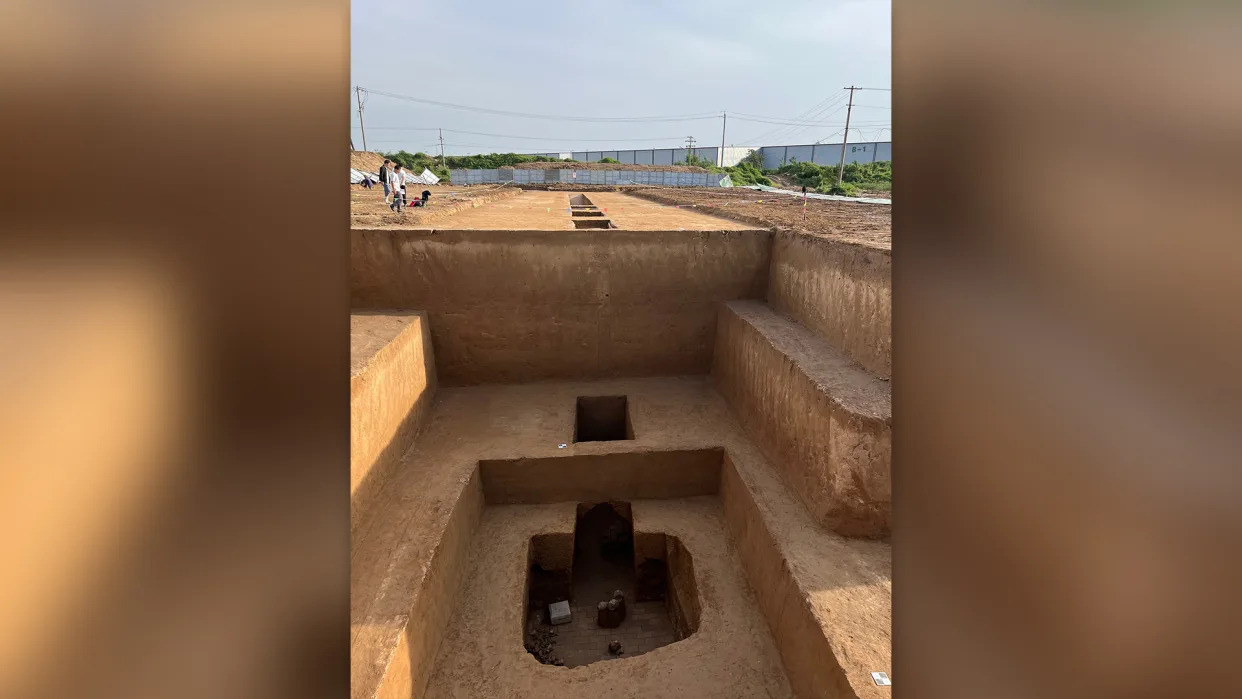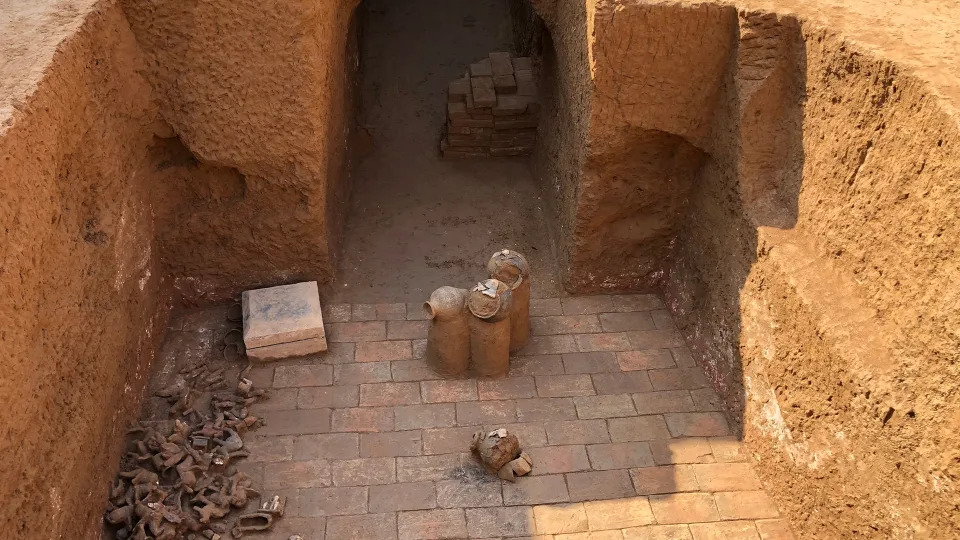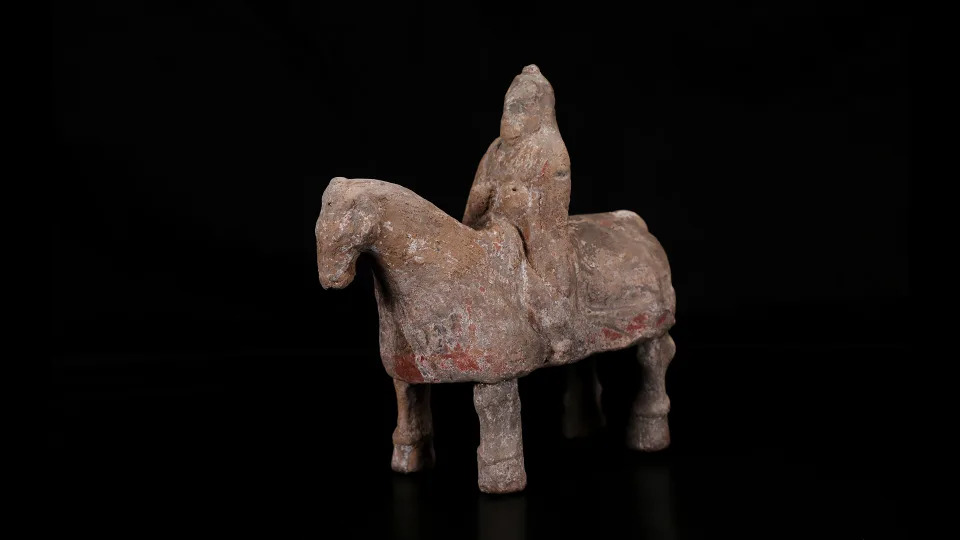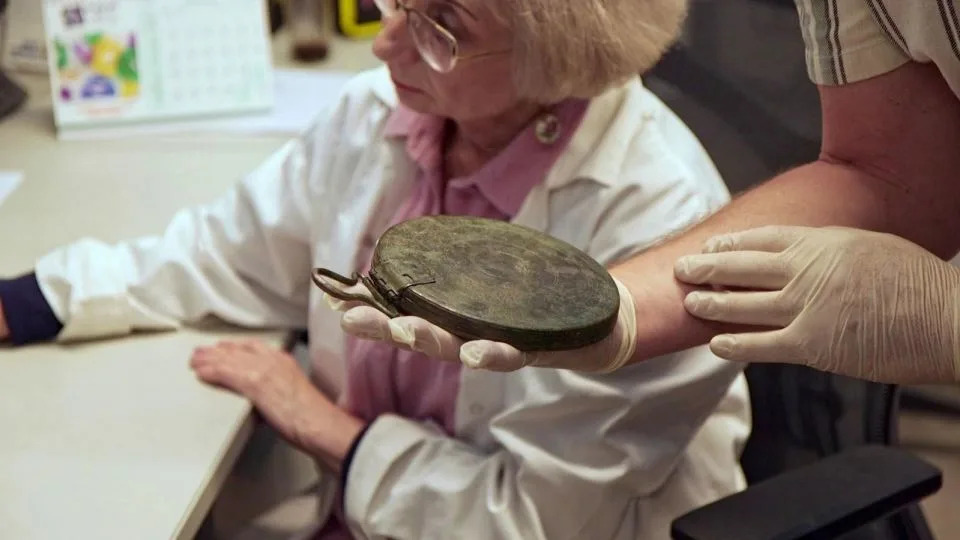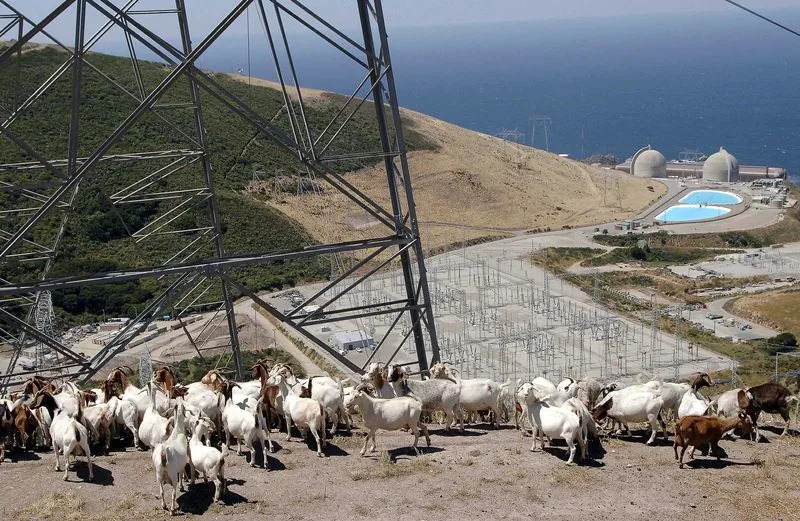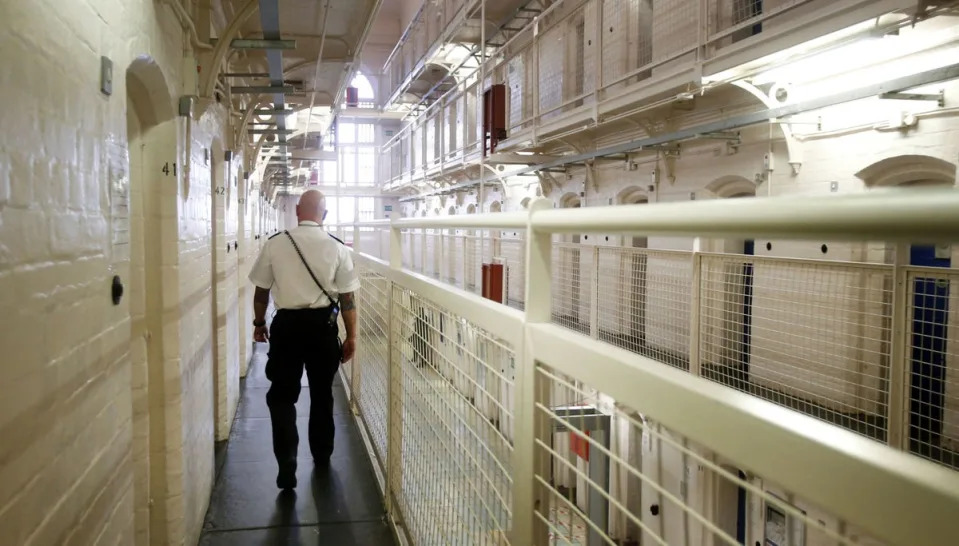Moira Ritter
Thu, September 28, 2023

Screengrab from Facebook
Nearly 160 years ago, Auguste Mariette was exploring the Western Desert in Egypt when he came across a partially uncovered mastaba — or massive tomb — belonging to an ancient official in the sand.
At the time, Mariette successfully excavated an intricately decorated false door and supportive beam, but before he could make anymore progress, the mastaba was lost to the desert’s sand. Since then, the artifacts have been kept at The British Museum, and researchers have learned the tomb belonged to Ptahshepses — who is believed to be the first non-royal in Eyptian history who married a royal.
Now, Czech archaeologists have rediscovered Ptahshepses’s tomb after years of searching, according to a Sept. 25 Facebook post from the Czech Institute of Egyptology at Charles University in Prague.
“The tomb of a man who changed the course of Egyptian history has thus been rediscovered, representing one of the expedition’s greatest recent discoveries,” Miroslav Barta, head of research, said in the post. “The research is still ongoing, and further discoveries will likely be made to shed new light on his family and times.”
Archaeologists said the tomb, which dates to about the end of the 25th century B.C., is about 138 feet long, 72 feet wide and 13 feet tall. Inside, they discovered a well-preserved chapel, painted decorations, two rooms for statues and a long corridor.
There was also a burial chamber inside the mastaba, according to researchers. Although the chamber was looted during ancient times, it still contained parts of the original burial, including pottery, remains of offerings and mummified fish.
Experts also discovered Ptahshepses’s sarcophagus, which still held his complete mummy lying on his back. Analysis of the mummy revealed the official lived to be 65 years old, much older than expected during that time period.
The mastaba was discovered between Abusir and Saqqara, pyramid fields south of Cairo.
